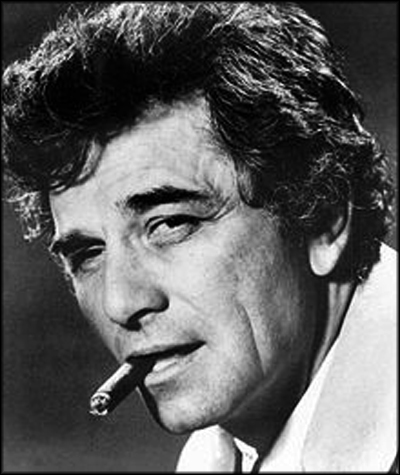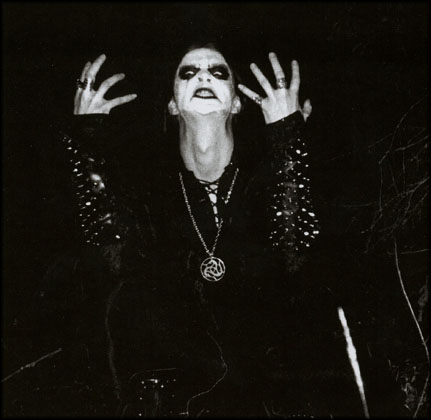The Friday Afternoon Movie: Henry: Portrait Of A Serial Killer
Today the FAM presents John McNaughton’s 1986 low budget cult classic Henry: Portrait of a Serial Killer. Released in 1990 after years of battling with various censors over its content it is, perhaps, one of most effective horror movies of the past two decades, forgoing piles of gore for a documentarian approach to the genre.
The titular Henry, played by Michael Rooker, is a drifter, who just happens to leave a trail of bodies behind him. Indeed, the first thing we see is the body of a nude woman in a field, after which we see Henry as he goes about his day with scenes from other crime scenes interspersed throughout. It is only later, when our other two main characters show up, Becky (Tracy Arnold) who has left her husband to stay with her brother, the incredibly creepy Otis (Tom Towles) in Chicago, that we are formally introduced to Henry or, at least, the Henry that presents himself to the world.
Rooker’s performance here is excellent, displaying a strained awkwardness that serves as a mostly successful veneer for the terrifying person underneath. It’s a cover that completely disappears when he’s out looking for victims. Towles, for his part, manages to play a character who is actually creepier than the psychopath he is paired up with. Arnold may be the weakest link among the three. Her character is too direct, her dialog too on the nose, but there is just enough there to get the audience to care about her. Her penultimate scene in Otis’s apartment is completely expected and yet that makes it no less horrifying.
Made for a $110,000 in less than a month, Henry was inspired by real life killer Henry Lee Lucas who, at one time, was thought to be one of America’s most prolific serial killers. (It was later revealed that while Lucas had confessed to over 600 murders, most of them he could not have committed and was simply confessing to whatever cold case was put in front of him in exchange for improved accommodations in prison.) Interestingly, Henry’s story of his mother is surprisingly close to that of Lucas’s who also was a violent prostitute who often forced him to watch her while she had sex with clients. She would also make him wear girl’s clothing and dresses and his father actually did lose both his legs, after being struck by a freight train.
Due to the budget constraints, many of the actors were close friends of McNaughton. One of them, Mary Demas, appears as three different dead (or soon to be dead) people: the dead woman in the field, the dead woman in the bathroom, and one of the prostitutes Henry kills with Otis. The street scenes are devoid of extras as, again, there was no money to hire any, so the two men having an argument in front of the subway that Becky emerges from were not acting, they just refused to move. Rooker apparently stayed in character on and off set for the entire 28 days and was so unsettling to be around that his wife, after have found out she was pregnant, waited until after shooting had ended to tell him.
It’s a a tour de force of low-budget film-making. Shot in 16mm, it’s a film that feels strangely real. Watching Henry is like watching an unmarked video found along the road, evidence hastily disposed of. You are watching something you weren’t meant to see, and so are absorbed by it and, in some ways, complicit in the events that unfold. It almost feels like something you should turn in to the police.
It’s a sentiment very much echoed in the scene of Henry and Otis (having been taken under Henry’s wing) watching a video they shot (using a camcorder acquired earlier through less than legal means) of the pair during a home invasion in which they kill a man, woman, and their son. As the video ends, Otis hits rewind causing Henry to ask “What are you doin’?” To which Otis replies, simply “I want to see it again.” Watching it again he goes over the segment of himself assaulting the wife and mother frame by frame, as much an indictment of their voyeurism as ours.



